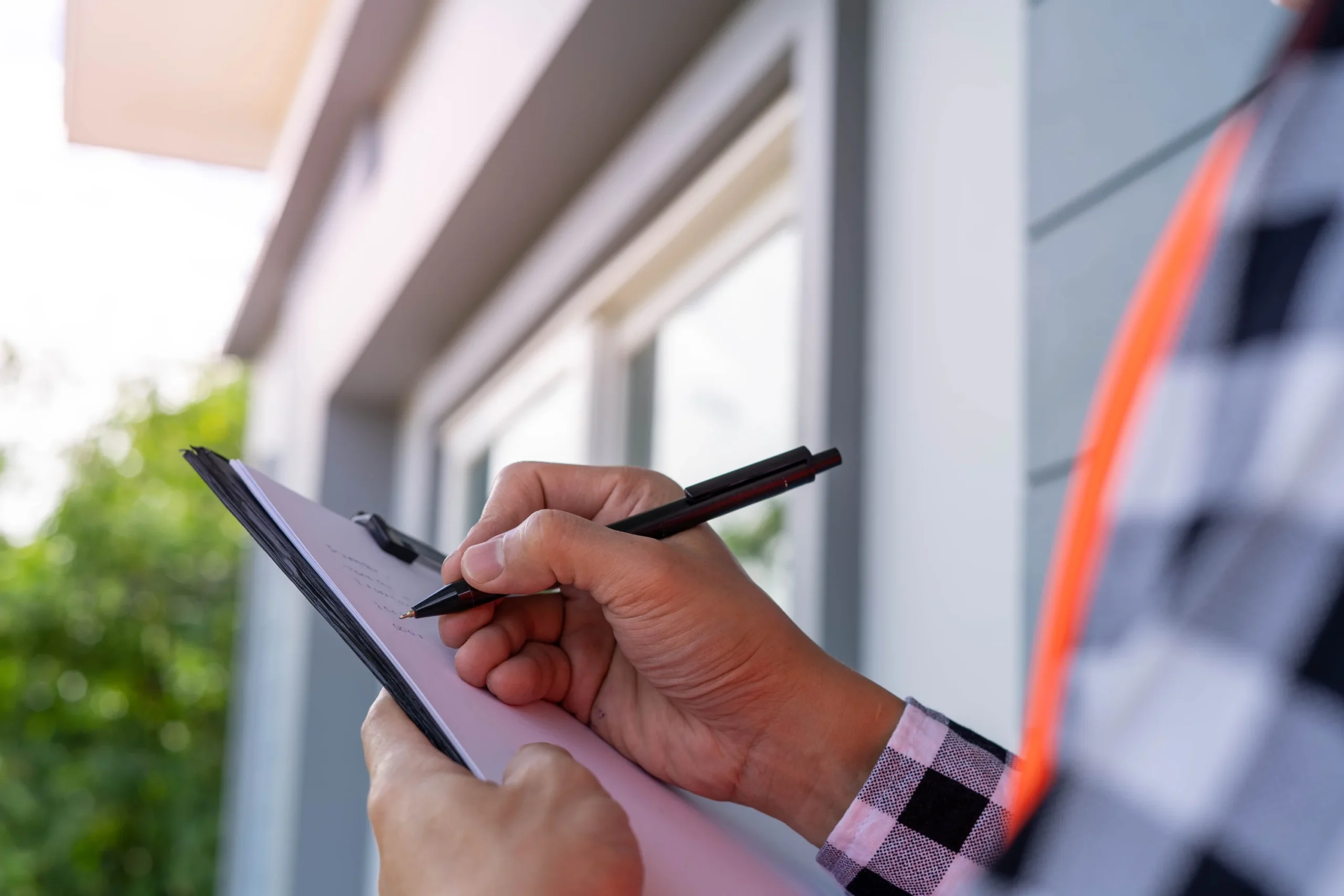A VAT inspection might seem like a nightmare scenario for many businesses, but with the right preparation, it doesn’t have to be! If HMRC has notified you of an upcoming VAT inspection, don’t panic—take a deep breath and follow our guide to help you navigate this process smoothly. As a UK accountancy practice specialising in supporting individuals and businesses, we’re here to offer expert advice on how to handle a VAT inspection with minimal stress.
1. Stay Calm—Understand Why You’ve Been Selected
First things first—don’t panic! A VAT inspection can happen to any business, and it doesn’t always mean you’ve done something wrong. HMRC conducts VAT inspections for various reasons, including:
- Random checks as part of routine compliance;
- Large or unusual VAT claims;
- Inconsistent VAT returns; and
- Significant changes in your VAT activity.
The goal of the inspection is to ensure that your VAT records and returns are accurate and that you’re complying with VAT regulations. It’s not an automatic assumption of wrongdoing, so stay calm and approach it methodically.
2. Review Your VAT Records
One of the first steps to preparing for a VAT inspection is to review your VAT records. HMRC will want to see:
- VAT invoices (both sales and purchase invoices);
- VAT returns that you’ve submitted;
- Bank statements to match transactions;
- Evidence of imports and exports (if applicable); and
- Records of business expenses that you’ve claimed VAT on.
Go through these records carefully to ensure they are accurate, up to date, and easily accessible. If there are any discrepancies, make note of them and be prepared to explain.
3. Check for Common Errors
Common mistakes in VAT returns can often trigger an inspection. These include:
- Claiming VAT on non-VATable expenses;
- Incorrectly applying VAT rates to your products or services;
- Late VAT submissions; and
- Claiming input VAT on items that aren’t eligible (e.g., certain personal expenses).
If you spot any errors in your records, now is the time to correct them. HMRC is likely to be more lenient if you proactively address mistakes rather than waiting for them to be uncovered during the inspection.
4. Get Professional Help
VAT rules can be complex, and having an accountant by your side can make the whole process easier and less stressful. As specialists in supporting businesses through VAT inspections, we can help in many ways, including, but not limited to:
- Help review your VAT returns and records;
- Correct any errors before the inspection;
- Represent you during the inspection to liaise with HMRC on your behalf; and
- Ensure you stay compliant with ongoing VAT obligations.
Having professional help can also reduce the likelihood of penalties if any issues are discovered.
5. Prepare for the Inspection Day
HMRC will typically give you notice of an inspection, although in some cases, they can arrive unannounced. Once you have a date for the inspection, it’s time to get prepared:
- Organise your records: Ensure that all VAT-related documents are ready and accessible. This will speed up the inspection and show HMRC that you’ve taken it seriously.
- Notify your team: Let relevant staff know about the inspection so they can assist, if needed.
- Be ready to answer questions: HMRC inspectors will likely ask questions about your VAT processes, so make sure you’re familiar with your own records and can explain how you calculate VAT, handle VAT claims, and manage your business expenses.
6. During the Inspection: Be Open and Cooperative
On the day of the inspection, the HMRC inspector will review your records and ask questions. The key to a smooth inspection is to be open, cooperative, and honest. Avoid being defensive or evasive—it’s better to be transparent and work with the inspector to resolve any potential issues.
If the inspector raises concerns or asks for clarification, provide the necessary documents and explanations. If you don’t know the answer to a question or don’t have a document on hand, be honest and offer to provide it later.
7. What Happens After the Inspection?
Once the inspection is over, HMRC will either:
- Give you the all-clear, meaning your records are in order and no further action is needed.
- Highlight areas for improvement: HMRC may find minor errors or discrepancies and ask you to correct them moving forward.
- Identify issues requiring action: If HMRC uncovers significant errors, they may require you to pay additional VAT or issue penalties for underpayment or non-compliance.
The good news is that if you’ve cooperated fully and any errors were unintentional, HMRC is likely to take a more lenient approach. They may ask you to correct the mistake and pay any underpaid VAT without heavy penalties.
8. How to Avoid Future VAT Inspections
After the inspection, it’s important to stay on top of your VAT obligations to avoid any future issues. Here are a few tips:
- Keep detailed records: Make sure your VAT records are always up to date and organised.
- Submit VAT returns on time: Late submissions can trigger inspections, so make sure your returns are filed by the deadline.
- Conduct regular internal reviews: Periodically review your VAT processes to ensure everything is accurate and compliant with HMRC rules.
Conclusion: Don’t Panic—Get Prepared!
A VAT inspection doesn’t have to be a stressful ordeal if you’re prepared and organised. By reviewing your records, fixing any errors, and cooperating with HMRC, you can ensure the process runs smoothly and minimise any risk of penalties. And remember, you don’t have to go through this alone—at Black and White Accounting we specialise in supporting businesses through inspections, helping you stay compliant and confident.
Need help with a VAT inspection?
Contact us today for expert support and advice to ensure your business is fully prepared! We’ll help you through the process and keep your VAT obligations stress-free.



